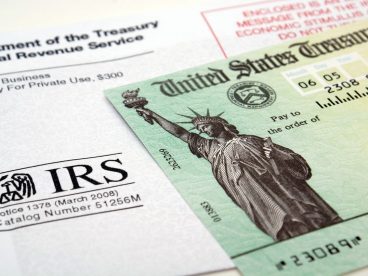By Christine Tran, 2020 Get It Back Campaign Intern
Last updated January 12, 2024
If you didn’t get your third stimulus check, it’s not too late! You will need to file a 2021 tax return by April 18, 2025. (The deadline to file a 2020 tax return to claim missed first and second stimulus checks was May 17, 2024.)
Visit GetYourRefund.org through October 1, 2024 to claim your third stimulus check this year.











